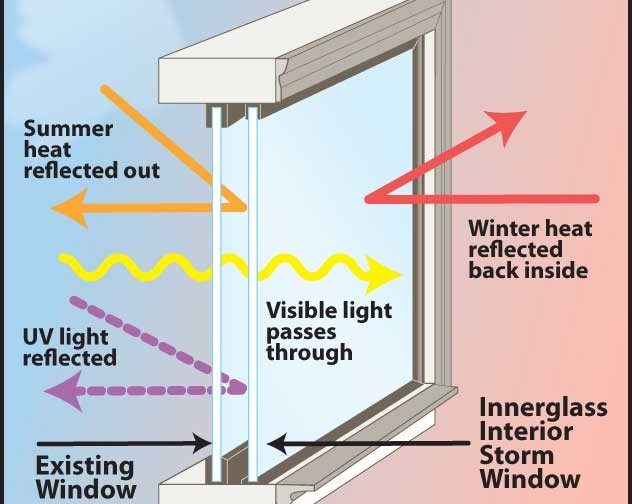All Categories
Featured
Table of Contents
Summer Scorcher Predicted, Again! Double Glazed ... in Southern River Perth
Laminated glass is typically utilized in locations in the house most prone to injury from human impact such as bathrooms, doors, around staircases and in areas near to the flooring (it meets the requirements of 'shatterproof glass' that is mandated for usage in these areas by Australian Standard AS 1288 Glass in structures).
Toughened glass has actually been 'tempered' by being reheated and rapidly cooled again. This process makes it much more powerful than basic glass it can resist greater impact loads before breaking. It also makes it more secure due to the fact that, when it does shatter, it gets into lots of small cubic pieces rather than harmful shards.
How Does Double Glazing Keep Heat Out? in Mariginup Western Australia
However, toughened glass has no thermal or acoustic benefits over other glass of the very same toning or thickness. Secondary glazing is where single-glazed windows are retrofitted with a transparent acrylic or glass sheet attached to the within the frame or openable sash with a secondary frame or with magnetic strips.


Secondary glazing will not carry out as well thermally as a manufactured IGU, because it is difficult to totally seal the border, but it can supply great sound control. Window films are a thin polymer movie including an absorbing color or reflective metal layer, with an adhesive support. They adhere to your glazing to change its colour or make it reflective.
Double Glazed Windows & Doors Melbourne & Sydney in Ellenbrook Perth
Applied to existing glass, some window films can cut in half the overall SHGC of the window by absorbing and/or showing solar radiation. This can be particularly helpful in hotter environments where cooling is the primary issue, or on east and west elevations straight exposed to long durations of sunlight. Nevertheless, window films may also minimize visible light transmittance.

For this reason, it is typically best to use a recognized installer of window movie. Frames have a substantial influence on the thermal performance of windows and doors, because energy can be gained and lost through the frame, as well as through the glass. Different kinds of frame will allow various levels of heat gain and loss, so cautious choice of frame is necessary for effective passive design.
Magnetite: Australian Retrofit Double Glazed Windows in Alfred Cove Western Australia
However, aluminium is also a great conductor of heat and will decrease the insulating worth of a glazing unit, unless particularly crafted to lower this. A 'thermally broken' frame is comprised of 2 aluminium sections linked by a structural insulator (typically a low-conductivity structural polymer). This 'breaks' the thermal connection through the aluminium and reduces the heat flowing through the frame.
Wood frames are a good natural insulator that can suit some home designs. Wood frames must be made from types that have naturally high resilience or be dealt with to prevent decay and contortion.
How Does Double Glazing Keep Heat Out? in Swanbourne Western Australia
However, this can lead to spaces that permit air seepage unless good draught sealing (weather removing) is installed. u, PVC is a type of plastic (unplasticised polyvinyl chloride, likewise referred to as rigid PVC). u, PVC frames offer exceptional thermal performance, typically much better than lumber or thermally broken aluminium. u, PVC is long enduring and requires extremely little maintenance, and can be moulded into complicated profiles that offer excellent air seals.
u, PVC doors and windows have excellent thermal efficiency Picture: Ben Wrigley (Light House Architecture and Science) Composite frames use aluminium profiles on the outer areas with either a lumber or u, PVC inner area. These combine the low upkeep and durability of aluminium with much improved thermal efficiency.
Table of Contents
Latest Posts
Sustainability in Bassendean Perth
Climateframe Double Glazing: Perth's Double Glazed ... in Subiaco Western Australia
4 Benefits Of Double Glazed Windows In The Summer in Murdoch Western Australia
More
Latest Posts
Sustainability in Bassendean Perth
Climateframe Double Glazing: Perth's Double Glazed ... in Subiaco Western Australia
4 Benefits Of Double Glazed Windows In The Summer in Murdoch Western Australia